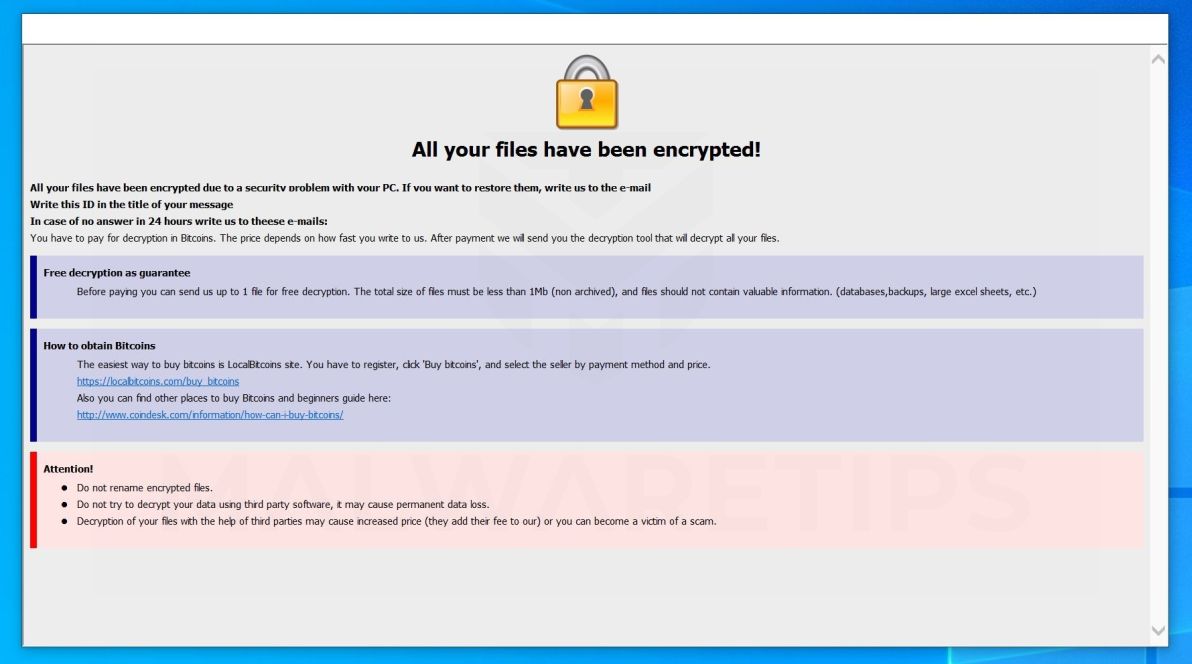

Frequently Asked Questions - Ransomware
Infections can be devastating to an individual or organization, and recovery can be a difficult process that may require the services of a reputable data recovery specialist.
US-CERT recommends that users and administrators take the following preventive measures to protect their computer networks from ransomware infection:
- Employ a data backup and recovery plan for all critical information. Perform and test regular backups to limit the impact of data or system loss and to expedite the recovery process. Note that network-connected backups can also be affected by ransomware; critical backups should be isolated from the network for optimum protection.
- Keep your operating system and software up-to-date with the latest patches. Vulnerable applications and operating systems are the targets of most attacks. Ensuring these are patched with the latest updates greatly reduces the number of exploitable entry points available to an attacker.
- Maintain up-to-date anti-virus software, and scan all software downloaded from the internet prior to executing.
- Restrict users’ ability (permissions) to install and run unwanted software applications, and apply the principle of “Least Privilege” to all systems and services. Restricting these privileges may prevent malware from running or limit its capability to spread through the network.
- Avoid enabling macros from email attachments. If a user opens the attachment and enables macros, embedded code will execute the malware on the machine.
- Do not follow unsolicited Web links in emails. Refer to the Phishing resources found on this website for more information.
Individuals or organizations are discouraged from paying the ransom, as this does not guarantee files will be released. However, the FBI has advised that if Cryptolocker, Cryptowall or other sophisticated forms of ransomware are involved, the victim may not be able to get their data back without paying a ransom.

-
-